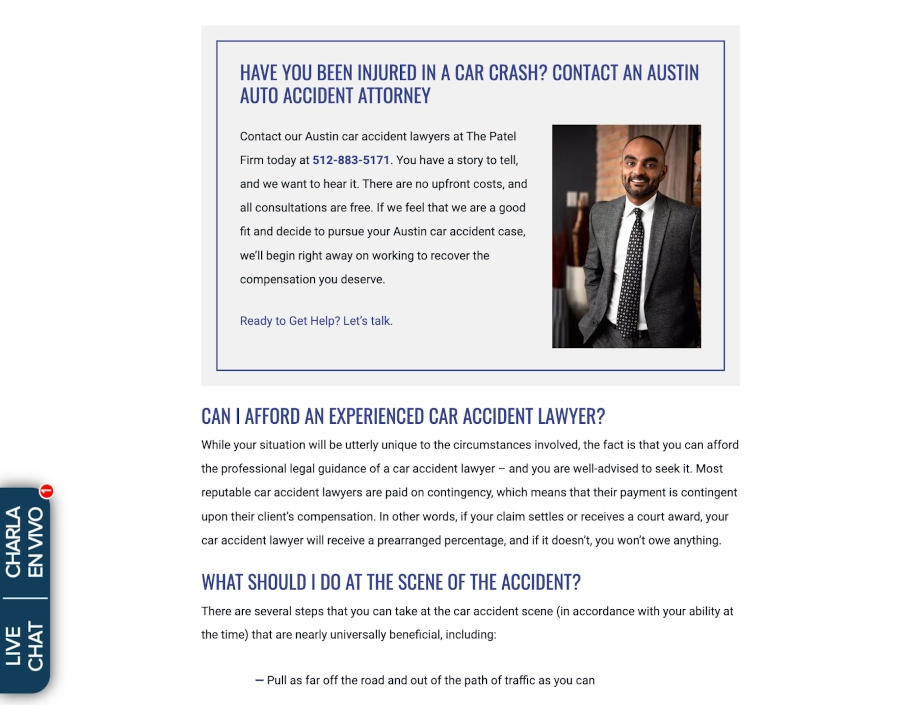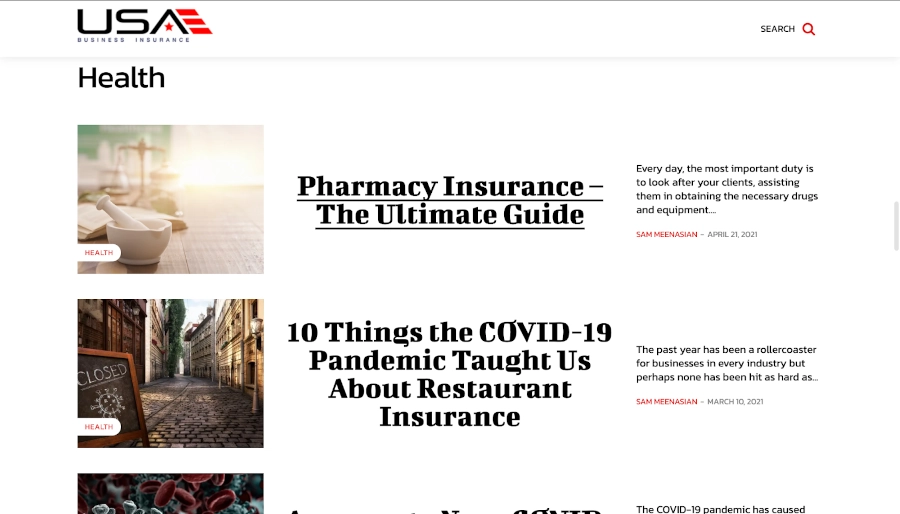Reading Time: 15 Minutes
In today’s digital age, businesses constantly seek fresh and creative methods to market their brand to reach a wider audience.
One effective strategy that has gained popularity in recent years is branded content.
But what is branded content, and how can businesses use it to their advantage?
In this blog post, we’ll go over the following:
At its core, branded content is any form of content that is created by a brand but is not explicitly promotional.
It is content that seeks to engage and entertain the audience while subtly promoting the brand’s products or services. This could be blog posts, videos, podcasts, social media posts, or any other type of content.
Branded content is also designed to represent the brand’s identity, such as a logo, theme colors, slogans, etc., so consumers recognize the brand when they see it.
The critical difference between branded content and traditional advertising is that branded content is not pushy or salesy. It is designed to provide value to the audience and build a relationship with them rather than simply pushing a product or service.

Branded content has become increasingly popular in recent years and for good reason. Here are a few of the most impactful benefits of using branded content in your marketing strategy:
Now you know that branded content is created specifically for a brand and designed to promote that brand’s unique message and values. But how do you use it correctly?
Here are some tips for creating effective branded content.
Brand values are the bedrock of your brand. They’re what makes you unique, and they’re what separates you from the competition.
Defining them is the most important first step in creating branded content that will resonate with your audience and make them remember you. And understanding their importance will help you create an emotional connection with your audience.
It’s crucial to deeply understand your brand’s message, values, and tone of voice. This will help you create content that aligns with your brand’s identity and resonates with your target audience.
Before brainstorming ideas for branded content, answer these questions:
You need to deeply understand who your target audience is, what they care about, and what motivates them to create content they’ll resonate with.
You can easily gain insights into their preferences, needs, and pain points by doing market research and creating buyer personas.
Buyer personas are semi-fictional characters based on real-life people representing different buyers in an industry sector or market segmentation area. A buyer persona example could be “millennials who just graduated college and are looking for a job” or “stay-at-home moms who homeschool their kids.”
To create accurate buyer personas, you need to do more than just dream up your ideal buyer. Conducting market research–examining the demographics and identities behind the people who already consume your content or purchase your products–will give you an accurate depiction of who resonates the most with your brand.
Here are a few tips for conducting market research, getting to know your audience, and creating buyer personas:
After making your buyer personas, you can start crafting branded content to solve their pain points and answer their questions.
For example, if one of their main challenges is time management, perhaps an article on how they can use technology tools more effectively would be useful.
Or there’s an issue in their industry where there aren’t many female leaders. If so, writing an article highlighting some of these women could encourage more women into leadership roles in this field (and show potential employers why hiring more women would benefit them).
Branded content is authentic and genuine, not like a sales pitch. To achieve this, focus on creating content that provides value to your audience, whether that’s through education, entertainment, or inspiration.
When creating content, it’s important to consider your audience and provide relevant and valuable information. This could be as simple as answering questions they have about a topic or providing resources that may help them with their projects.
You can also create more engaging content by including stories from real-life experiences or interviews with experts in the field of interest.
A great place to start is discovering what your audience currently searches for. For example:
Storytelling lets you connect with your audience emotionally. Use storytelling techniques to create engaging, memorable, and shareable content.
Here are a few creative ways you can weave storytelling into your content:
Collaborating with other brands and industry influencers is a great way to leverage their expertise and credibility to expand your reach.
This process is called “influencer marketing,” a large marketing category that can entail anything from sponsored social media posts to appearing in a YouTube video together.
The first step in collaborating with an influencer is to find the right one. You want to work with someone with a strong following in your industry but also whose values align with your brand.
Some ways to find the right influencers include:
GRIN helps you find the right influencer, craft a beneficial partnership, create authentic content, and measure your collaborations’ successes.
GRIN does more than help you find the right partnerships fast. It also offers the world’s first relationship management software, which helps you nurture your partnerships through every stage of your influencer campaigns.
Lastly, you can precisely measure the success of your collaborations with GRIN’s reporting and analytics features, which let you track important KPIs, create custom reports, and calculate ROI in a centralized location.
The Patel Law Firm offers its website visitors an extremely comprehensive guide to understanding car accident lawsuits.
After stating who they are and what they do at the top, their content never includes a sales pitch or CTA (call-to-action) until the end, after their audiences’ questions have been thoroughly answered.

The guide includes car accident claim elements, how to make and protect your claim, common injuries, statistics, frequently asked questions, and more.
By the end of the guide, their target audience can close the page with exponentially more knowledge than when they first clicked it. They now trust the Patel Law Firm more, and when they’re ready to make a claim, they know where to go.
Beaconstac is a QR management platform that offers a QR code generator, loads of integrations, secure storage, and more.
Apart from their website, they have a regularly-updated YouTube channel that produces significantly more value-driven, informational videos than promotional ones.
They teach their viewers how to create QR codes in different shapes, share their digital business cards, drive sales with QR code retargeting, and much more.
These videos focus on educating viewers rather than promoting their product, making their channel a prime example of branded content.

So far, we’ve looked at a comprehensive guide and a YouTube channel. But it’s time to go back to the basics–blogging.
Business Insurance USA insures companies in various industries, from healthcare companies to retailers.
Their blog covers more than just the ins and outs of different insurance types. They have regularly updated categories that cover all types of information, such as employment, construction, technology and more.
For example, you can find awareness-based content like their blog post “Why Companies Need General Liability Insurance” and comprehensive how-to guides like “Business Protection: How to Prepare for the Unexpected.”
In conclusion, branded content is a powerful tool for modern-day marketers to connect with their audiences meaningfully and authentically.
By following these tips, you can create branded content that builds brand awareness, connects with your target audience, encourages engagement, and drives conversions.
Learn more about influencer marketing: Influencer Marketing 101
Our team keeps a finger on the pulse, so you’re always working with the latest information.